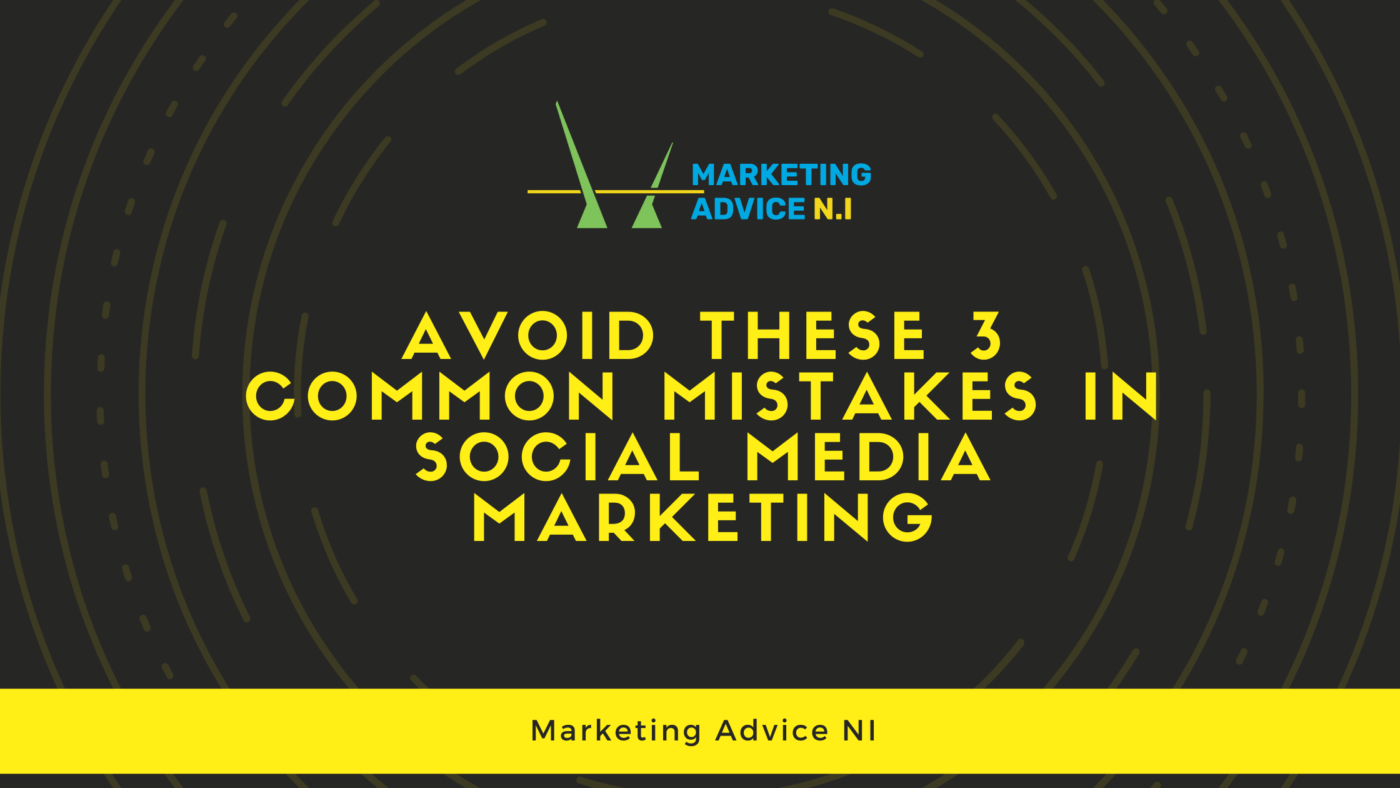Sections
3 Common Mistakes in Social Media Marketing and Advertising
What’s so tough about building a corporate social presence, then? For one, many brands fall into the belief that they can take advantage of the robust targeting capabilities and reach of platforms such as Facebook through organic posting alone. They can’t. Posting consistently isn’t enough to reap the full benefits of placements without adding an advertising component, and navigating social media advertising adds yet more complexity to the mix. Remember: Social media users expect ads to be personalised and look endemic to the platform, which requires a high degree of creative acumen.
Another snag digital marketers face on social is picking the wrong platform. Sure, TikTok’s on fire — but that doesn’t mean every brand belongs there. If a platform’s demographics don’t align with an organisation’s prospective customer base, all the TikToks in the world won’t produce fruit. Plus, not all platforms drive desired calls to action. Case in point: Pinterest might support your demographics but not your forecasts or goals.
One final issue teams face when constructing and deploying a social media strategy is that they don’t fully evaluate the platform’s contextual environment. For instance, what does the platform accept in terms of content? Could your brand be dragged down because the platform’s associated content isn’t correctly gated or monitored? These factors came to the forefront in 2020 and the early days of 2021, and they’re likely to inform social media marketing plans well into the future.
Dodging the Most Common Social Media Marketing Mistakes
Of course, just because social media presents obstacles doesn’t negate its core values.
The number of global social media users reached 4 billion last October — and that number is only predicted to grow. Additionally, social’s digital nature allows for not only a cost-effective solution for marketers but also one where performance is highly measurable.
Need more upsides? Social media marketing has the ability to remove the stale B2C stiffness of other traditional advertising vehicles. Customers and prospective buyers can interact authentically on social with brands, creating synergistic relationships and fostering trust.
In other words, it’s worth going social for any business. In fact, it’s essential. The trick is simply to sidestep common missteps to get closer to building loyal fans, upping engagement, and improving growth. Here’s what to look out for when engaging your audience on social media:
Mistake 1: Lacking clear business goals
You can pull so many levers on social media that it’s easy to get overwhelmed; after all, a vast amount of data is at your feet. But which data points matter most? That’s why you need to decide exactly what you want to achieve in your upcoming social media marketing campaign.
Each campaign must have a specific objective that allows your team to measure success. Let’s say you want to create brand exposure. In this case, you’ll want to optimise all your “levers” toward achieving targeted reach and frequency. On the other hand, if you want to drive leads to build efficiencies within your sales department, you’ll need to switch up your priorities to analyse cost-per-lead or cost-per-action data points.
When you set up your social marketing campaign performance metrics through a specific lens, you won’t lose sight of which KPIs to prioritise and optimise for. Additionally, you won’t get trapped in an endless cycle of getting distracted by vanity metrics that rarely inform how social impacts your business’s goals.
Mistake 2: Downplaying data and pixel strategies
A major benefit of any digital media is that you can get truly granular in terms of collecting performance metrics. Surprisingly, though, many marketers don’t take full advantage of data collection methods, tracking pixels among them.
Embedding tracking pixel codes into your landing pages can help drive more incoming information about visitors from social sites. With AI-powered pixels, in particular, you can optimise efforts and grow efficiencies across every campaign. That’s because pixels show what happens after audiences click your ad. They show what action consumers took — including actions you might not have expected.
Consequently, pixels allow you to identify better prospects and build upon your historical successes. Without pixels and other highly valuable first-party data, however, you might not have the complete picture of what’s happening on social. That means you’re leaving dollars on the table.
The key to launching a successful pixel strategy is understanding which website clicks are most valuable and ensuring that any creative messaging and landing pages guide consumers toward those desired actions. For instance, if you’re a CPG brand encouraging potential customers to buy your products online, it’s important to pixel the add-to-cart button, track your conversion rate, and make a concerted effort to bring back those who were close to purchasing but didn’t ultimately follow through.
Mistake 3: Forgetting that creatives are critical for high performance
After dealing with the pandemic for months, your resources might be more limited than in past years. That’s understandable. Still, don’t hold back on paying for high-quality creative in terms of copy and imagery for your social media marketing and advertising.
To realise optimal performance, your creatives really need to shine. Failing to take each social media post seriously — right down to changing creatives and assets based on the social media channel aesthetic — will backfire. Your brand could see a negative impact on performance, ultimately impacting ROI and tightening resources even more.
Spending money and time on creative refreshes ensures that your point of view is always on-trend, on time, and on target — and all of that is bound to help lift lagging profit margins. With this in mind, it’s best to analyse creative performance trends on an ongoing basis to identify which creatives to eliminate and which to increase spend on as well as identify elements that drive the strongest results.
In terms of the cadence of creative refreshes, it’s a best practice to plan to revamp every three to four months, and that’s especially true for brands wanting to reach more niche audiences at very high frequencies. For these brands, in particular, creative exhaustion can impact cost efficiencies, increase challenges in meeting metric benchmarks, and (in worst-case scenarios) create negative feelings about the brand.
Social media has risen as a must-have element for every corporate marketing team. However, it’s hardly simplistic. Take time to thoughtfully learn how to market on social media — you’ll bypass common missteps and see faster results.
To learn more about how to use paid programmatic advertising to boost your social media strategy, click here

